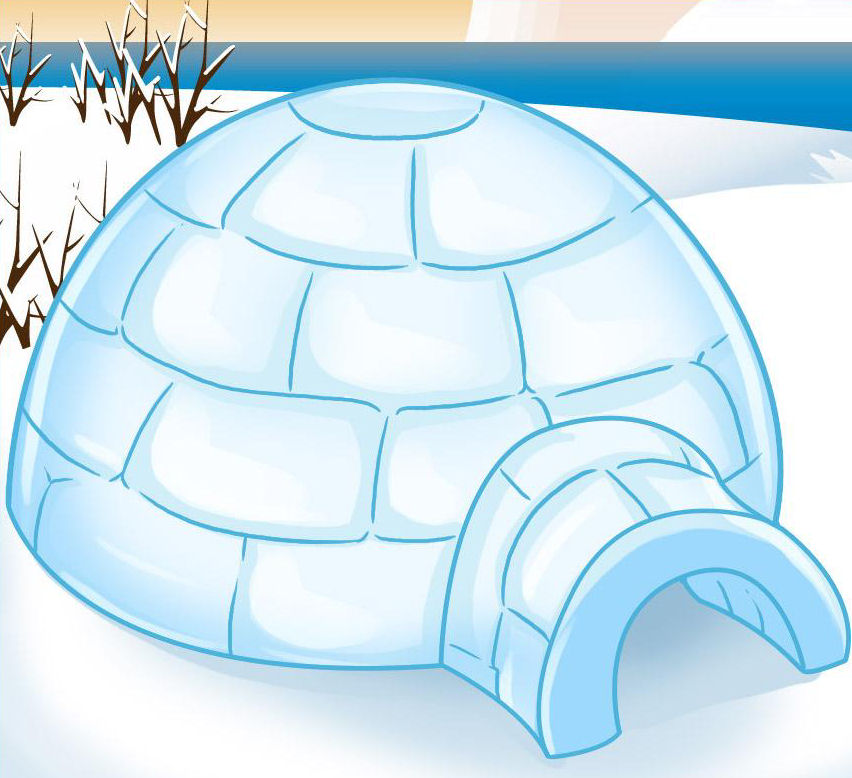Monthly Archives: March 2014
70.HOW AN ECHO TRAVEL THROUGH WATER?
Now that we know something about sound, let’s find out what makes an echo and whether an echo can travel through water.
Sound travels outward from its source at a speed of about 375 meters per second in open air. Sound travels in waves much like the ripples made by a pebble thrown into the water. However, sound waves go out in all directions like the light from an electric bulb.
69.WHY DOESN’T AN IGLOO MELT INSIDE?
Even though stone and wooden houses have become more popular among the Eskimos, they still construct the igloo for special occasions or while on a journey. It is quickly built and it defies any kind of weather.
A trench is cut about 1.5 meters long and 50 centimeters deep in a new snow drift. Then, from the face of the trench, blocks are cut with a knife. These are shaped so that they lean inward when set on edge.
68.WHY DO WINDS HAVE DIFFERENT NAMES?
Most winds, of course, don’t have names. You just say, “it’s windy,’ or “The wind is blowing.” Sometimes we might say, “The north wind is blowing.” But many of the winds do have special names.
Those winds which have special names have acquired them for different reasons. For example, you know how it feels when you have the doldrums. You feel listless and without energy. Well, certain winds are actually called the doldrums! They are found near the equator where there is a great belt of rising air and low pressure. When you are caught in the doldrums in a ship, you are becalmed.




